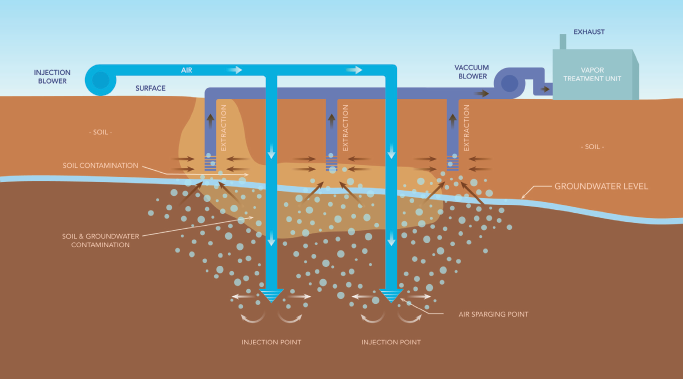http://www.latimes.com/visuals/graphics/la-me-g-drought-wells-20150520-htmlstory.html
Groundwater contamination a growing problem in L.A. County wells
Decades ago, industrial pollution began permeating groundwater wells throughout Los Angeles County. That prompted water officials to stop using the most polluted wells and rely more on water from Northern California and the Colorado River.
However imported water became scarcer and more expensive, some water agencies are again looking underground for water. And that’s likely to be a costly endeavor.
Contaminated wells are an increasing problem in Los Angeles County, according to a new analysis of state data performed by the UCLA Luskin Center for Innovation. There are less-polluted wells that remain in service: they pump out contaminated water and need to undergo costly purification before it is routed to faucets in homes and offices.
Some people love LA, some people call the city “Smell-LA”. Despite predispositions, the San Fernando and San Gabriel valleys have been polluted with industrial flows and dirty runoff which not only as serious problem in the present but in the future as well (Krishnakumar).
Below is a map of counties/surrounding counties in the LA area showing groundwater contamination from 2002-2010. Image is a little blurry but one can access the image on the article link posted above.
![]()
The dark brown areas indicate the most polluted areas aka Burbank. LA verne city, water district also had a dark brown water spot. The city in 2010 planned to build a large water plant in the San Fernando Valley to help alleviate these problems.
Smaller water systems “typically lack the infrastructure and economies of scale of larger water systems, and in some cases cannot afford to treat or find alternative supplies for a contaminated drinking water source. This indicates small water systems are more likely to serve contaminated water than large water areas.
Furthermore, there are about 2 million Californians that rely on groundwater from private domestic wells or other well water systems not regulated by the state, which does not require these well owners to test water quality(Lin II).
A unique way to re-mediate this problem: Stewarding the Environment with Environmental Remediation:
To accomplish environmental remediation (“cleanup” of contaminants in the ground), businesses work with geologists, scientists and engineers to characterize the extent of contamination so that the appropriate amount of remediation can be designed and implemented. Sometimes the removal of impacted material off-site is the best management practice. Other times remediation can be accomplished through an in-situ (in-place) remediation technology, which often leaves a smaller carbon footprint.

As one example, the “sparging” system shown on the infograph will inject compressed air approximately 45 feet into the ground to treat groundwater and remove the soil impacts with a heavy duty industrial vacuum (called Soil Vapor Extraction (SVE)). This method of treatment effectively cleans up the environment (soil, groundwater and air), reduces potential waste to landfills, and minimizes associated local concerns. This is just one example of many ways in which stewarding the environment can protect our resources, and provide an improved and sustainable quality of life for communities.
Overall at the end of the day make sure you have a good water purification system and use some sort of filter like a BRITA if you can.
It would be interesting to see where the biggest groundwater contamination problem is within the city of L.A.
I had no idea that contaminated wells are an increasing problem in the areas of the western United States. Working with a soil remediation service seems like the way to go in order to clean and preserve soil. If I were to need such services, I would spend some time locating the best company to work with in my area in order to keep my soil in good condition.
I read this paragraph fully regarding the resemblance of
latest and preceding technologies, it’s awesome article.